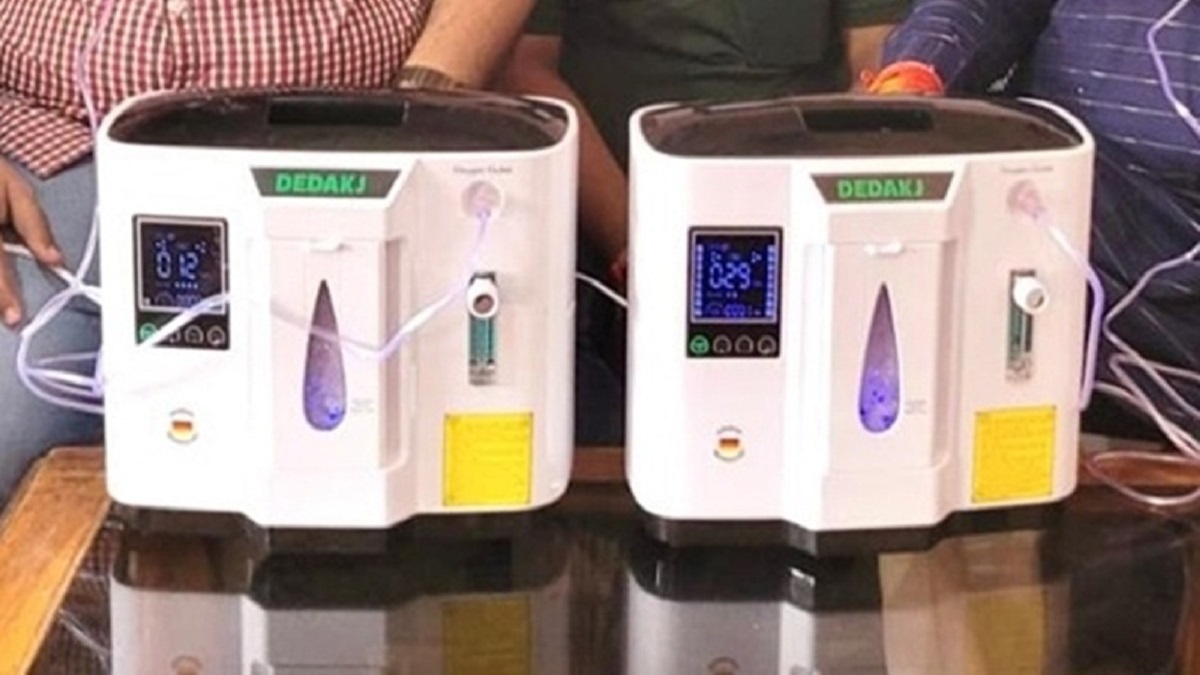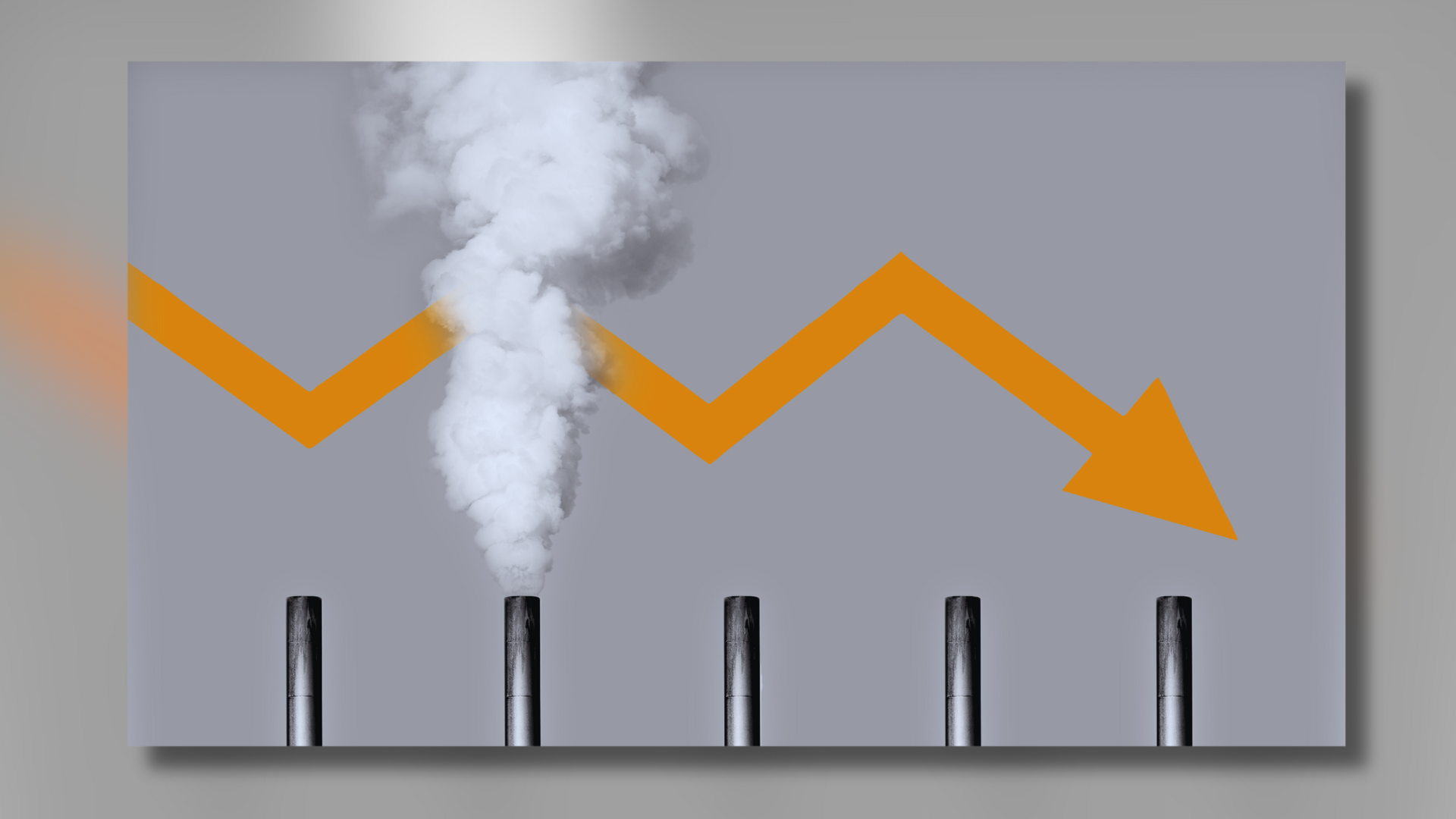










The second wave of coronavirus, which is more infectious than before, is ravaging the entire nation, with cases skyrocketing. The death toll is also getting out of hand because of oxygen shortages in hospitals resulting in several patients passing away in single instances when the oxygen runs out.
Now, a medical device called the oxygen concentrator is being sought after by patients and their families as an alternative to Liquid Medical Oxygen (LMO). An oxygen concentrator is able to absorb gases from the air, most of which are comprised of nitrogen, and then filters them, expelling nitrogen and other gases, keeping only oxygen.
The concentrator then processes this oxygen through it and releases it in liquid form. The typical purity of this oxygen ranges from 90% to 95% and it is able to convert and release up to litres of oxygen within a single minute. As long as they are connected to a power source and in contact with air, these concentrators can work constantly for 5 years without major maintenance. It can be attached to two patients at a time but experts say that there are high risks of cross-infection between the patients.
However, the oxygen produced by these concentrators is unsuitable for patients suffering from severe cases of coronavirus with oxygen saturation levels below 85% but it works well on patients with mild cases of the virus.










